Smart Investing in ELSS: Avoid These Common Mistakes to Maximize Your Tax Savings
ELSS funds are a great way to save taxes and grow your money, but it’s important to invest wisely.
)
Equity Linked Savings Schemes (ELSS) are a popular choice for people looking to save taxes and grow their wealth through investments in mutual funds. These funds allow you to claim a tax deduction of up to ₹1.5 lakh in a financial year under Section 80C of the Income Tax Act. However, investing in ELSS isn't without its challenges. Many investors make common mistakes that can reduce the potential benefits of ELSS investing. Here’s a look at the mistakes you should avoid when investing in ELSS funds.
Not Understanding the Lock-in Period
One key feature of ELSS funds is their three-year lock-in period, the shortest among tax-saving options under Section 80C. Some investors mistakenly think they can or should withdraw their money as soon as the three years are up, especially if the market isn’t doing well. But it’s important to think of ELSS as a long-term investment, not just something to hold for three years. If you pull out your money right after the lock-in period, you might miss out on future gains. Instead, it’s often better to stay invested for the long term to fully benefit from market growth.
Chasing Last Year’s Top Performers
It’s tempting to invest in ELSS funds that performed well last year, thinking they will continue to deliver high returns. But the stock market is unpredictable, and a fund that did well in the past may not do so in the future. Instead of just looking at last year’s returns, consider how a fund has performed over a longer period. Check if it has been consistent and how it handled market's ups and downs. It’s also a good idea to look at the fund manager’s track record and the fund’s overall strategy before deciding.
Ignoring Fund Management Fees
ELSS funds come with management fees known as the expense ratio. These fees can eat into your returns, especially over time. Some investors overlook these charges, but they can make a big difference in how much you actually earn. While a lower expense ratio shouldn’t be the only thing you consider, it’s important to factor it in when comparing different funds. Choosing a direct plan over a regular one can also lower these fees and increase your returns.
Investing a Lump Sum Instead of Using a SIP
Many people invest a large sum of money in ELSS at the end of the financial year to claim the tax benefit. While this gets the tax break, it also exposes you to the risk of investing at the wrong time if the market is high. A better approach might be to use a Systematic Investment Plan (SIP), where you invest smaller amounts regularly throughout the year. This way, you spread out your investment, reduce the risk of market volatility, and benefit from cost averaging.
Not Diversifying Your Portfolio
Another common mistake is putting all your Section 80C investments into ELSS funds. While ELSS can offer higher returns, it also comes with higher risk because it’s tied to the stock market. It’s important to balance your portfolio by also investing in other tax-saving options like Public Provident Fund (PPF) or National Savings Certificate (NSC). This way, you’re not putting all your eggs in one basket and can manage risk better.
ELSS funds are a great way to save on taxes and grow your money, but it’s important to invest wisely. By understanding the lock-in period, avoiding the temptation to chase past performance, keeping an eye on fees, considering SIPs, and diversifying your investments, you can make the most of your ELSS investment and achieve your financial goals while enjoying tax savings.
(This article is part of IndiaDotCom Pvt Lt’s sponsored feature, a paid publication programme. IDPL claims no editorial involvement and assumes no responsibility or liability for any errors or omissions in the content of the article.)
Get Latest Business News, Stock Market Updates and Videos; Check your tax outgo through Income Tax Calculator and save money through our Personal Finance coverage. Check Business Breaking News Live on Zee Business Twitter and Facebook. Subscribe on YouTube.
RECOMMENDED STORIES
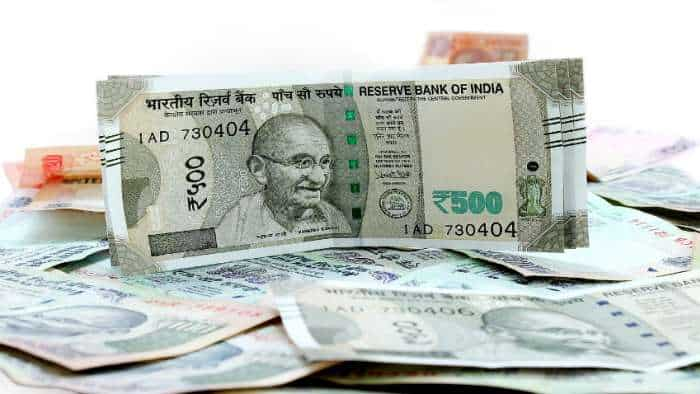
Top 7 Mutual Funds With Highest Returns in 3 Years: Rs 100,000 one-time investment in No. 1 scheme has swelled to Rs 2,13,588

8th Pay Commission: Can basic salary limit cross Rs 6.40 lakh mark in new pay commission? Know why it may be possible
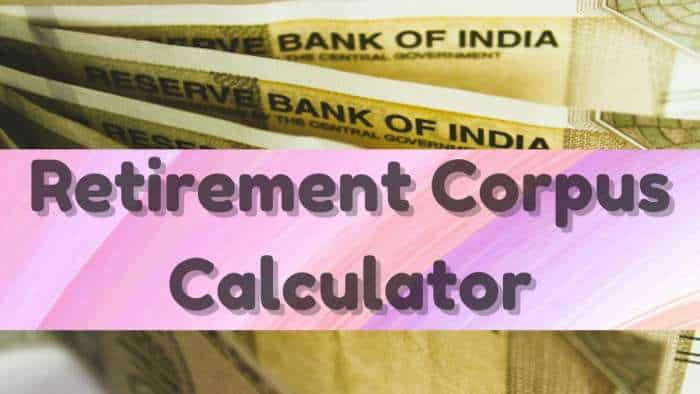
Retirement Planning: How one-time investment of Rs 10,00,000 can create Rs 3,00,00,000 retirement corpus

Top 7 Flexi Cap Mutual Funds With Highest Returns in 1 Year: Rs 1,50,000 one-time investment in No. 1 fund is now worth Rs 1,78,740; know how others have fared

9 Stocks to Buy for Short Term: Analysts recommend largecap, midcap stocks for 2 weeks; IndusInd Bank, Coforge, MOFSL on the list
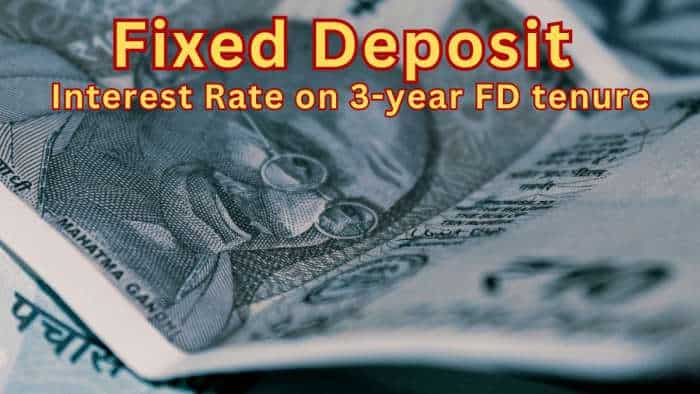
Fixed Deposit Rates for 1 Lakh Investment: Compare SBI, PNB, HDFC, ICICI, and Post Office 3-year FD returns
12:17 PM IST






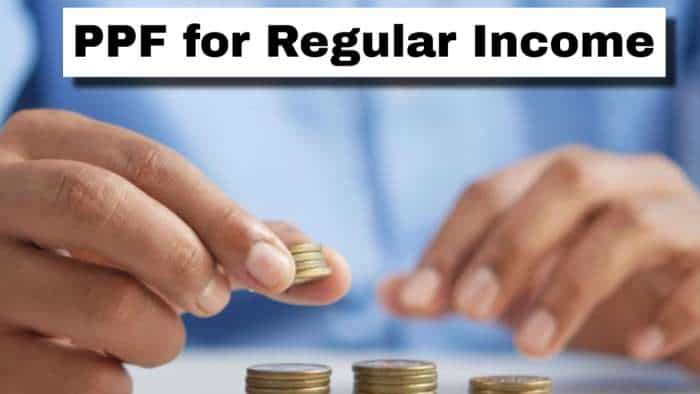
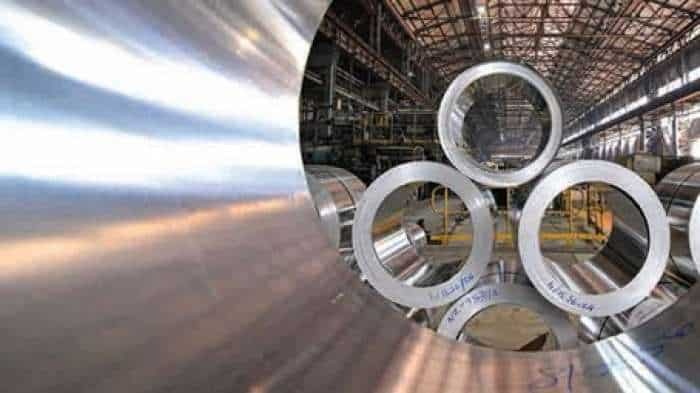
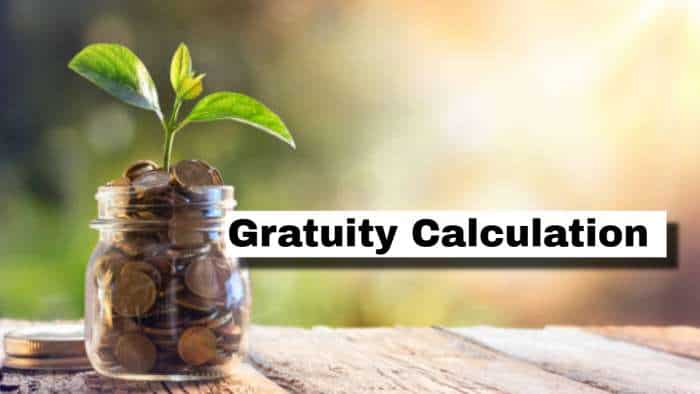
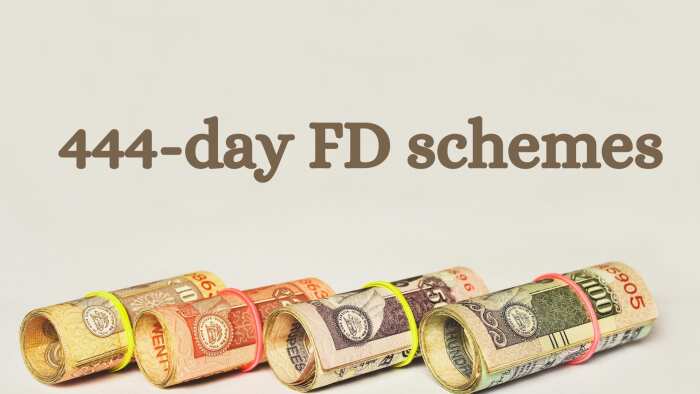
 Top 5 ELSS Mutual Funds With Highest SIP Returns in 3 Years: Which fund has converted Rs 15,000 monthly SIP investment into Rs 9,35,091? See details to know
Top 5 ELSS Mutual Funds With Highest SIP Returns in 3 Years: Which fund has converted Rs 15,000 monthly SIP investment into Rs 9,35,091? See details to know SBI Tax Saver FD vs Top ELSS Mutual Fund 5-year Return Calculator: What each of them has given in maturity on Rs 5 lakh investment in 5 years; see details
SBI Tax Saver FD vs Top ELSS Mutual Fund 5-year Return Calculator: What each of them has given in maturity on Rs 5 lakh investment in 5 years; see details Top 5 ELSS SIP mutual funds in 3 years: Know current values of Rs 5,000, Rs 10,000, and Rs 15,000 monthly SIPs in each fund
Top 5 ELSS SIP mutual funds in 3 years: Know current values of Rs 5,000, Rs 10,000, and Rs 15,000 monthly SIPs in each fund  Top 7 ELSS funds with up to nearly 10X returns in last 10 years
Top 7 ELSS funds with up to nearly 10X returns in last 10 years HDFC ELSS Tax Saver: Twin benefit of wealth creation and tax saving at shorter lock-in period
HDFC ELSS Tax Saver: Twin benefit of wealth creation and tax saving at shorter lock-in period